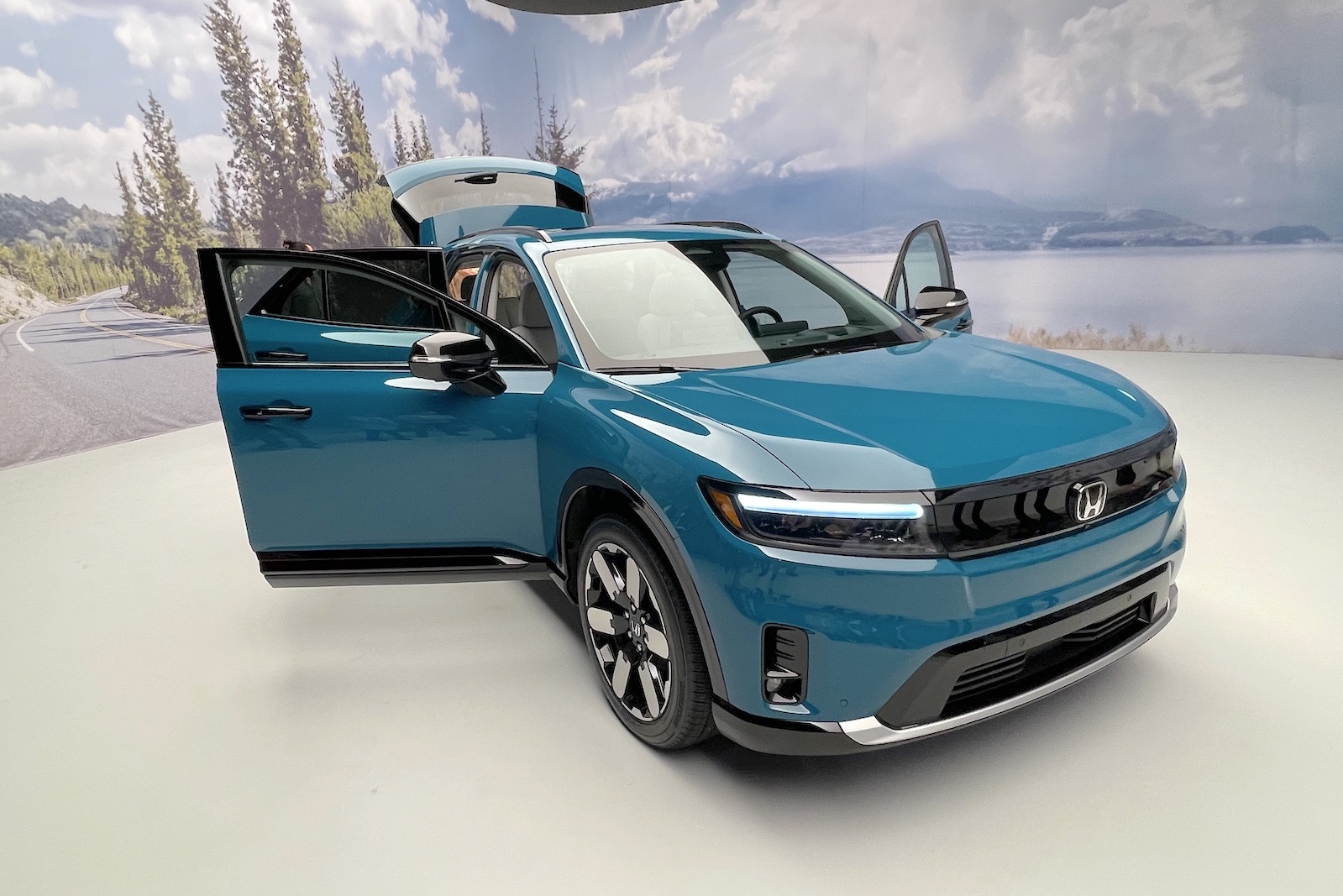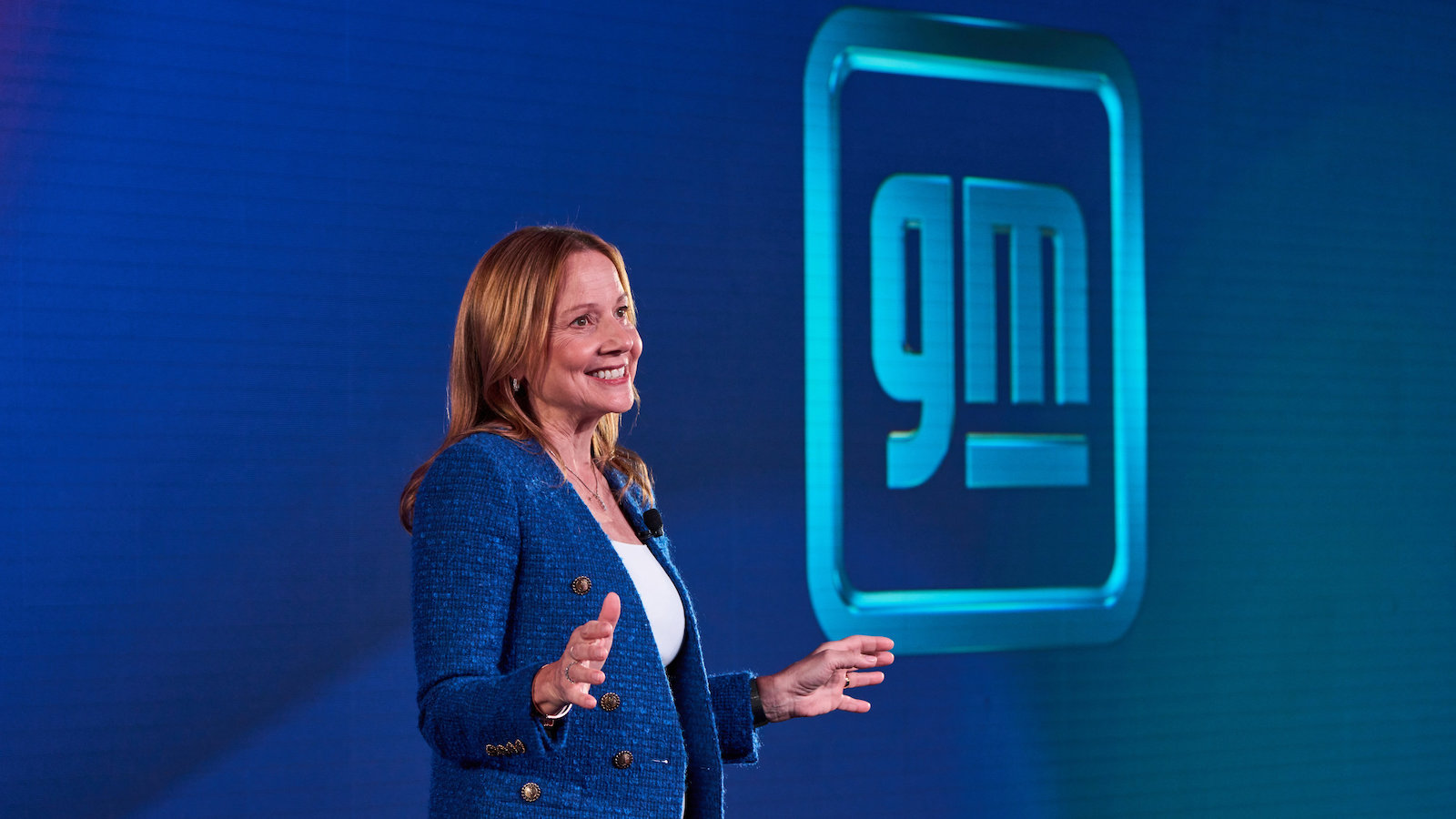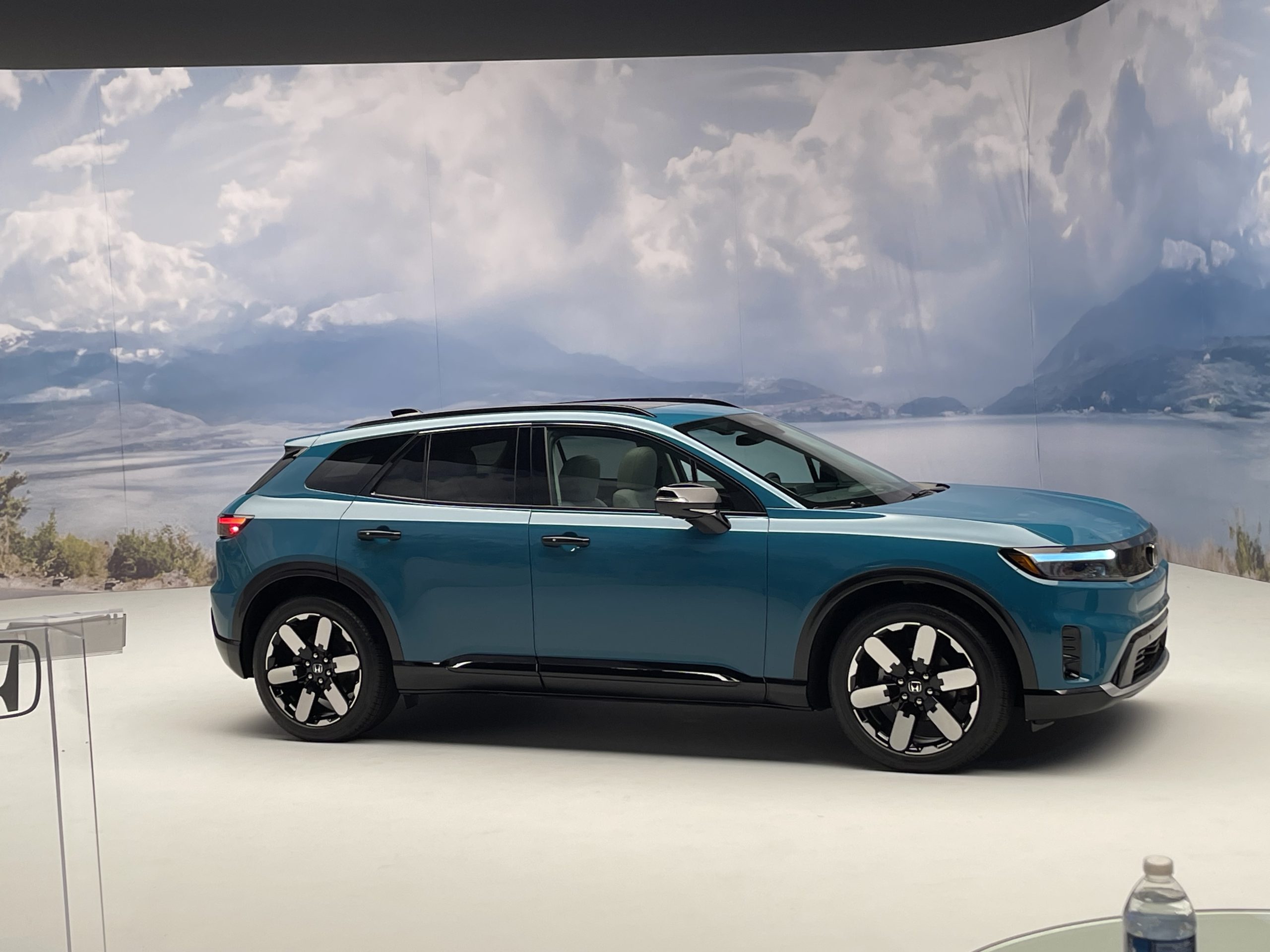Just about 18 months after announcing a $5 billion partnership to develop affordable electric vehicles, General Motors and Honda ended the deal. Find out what changed to cause the split at Headlight.News.

Honda and GM have agreed to end their $5 billion partnership to develop low-priced EVs just about 18 months after they announced it.
With the first of its jointly developed electric vehicles ready to hit the market, General Motors and Honda revealed they’re ending the $5 billion partnership just about a year after they kicked it off.
The two auto companies have been enjoyed teaming up on multiple occasions during the past decade on projects ranging from fuel cell development to creating new lower-priced EVs. Honda’s new Prologue and its luxury unit version, the Acura ZDX, are the Japanese maker’s first products coming from the pairing.
“After conducting some research and analyses, both parties decided to end the development,” Honda said in a statement. “Each company will continue to work towards offering affordable models to the EV market.”
The Japanese company said the move hasn’t changed its plan to sell only electrified vehicles by 2040. GM noted the companies will continue working on several vehicles together as the partnership winds down. The deal ultimately was supposed to result in the companies building “millions” of “affordable” EVs starting in 2027.
“After studying this for a year, we decided that this would be difficult as a business, so at the moment, we are ending development of an affordable EV,” Honda CEO Toshihiro Mibe told Bloomberg.
What changed?
While neither automaker outlined what brought the deal to a premature end, it’s easy to point at GM’s new focus on profitability at the expense of speeding new EVs to market. The automaker revealed during its earnings call Tuesday it plans to slow its launch trajectory of new electric vehicles as it works to ensure the company’s long-term profits.

General Motors Chair and CEO Mary Barra told investors the company was slowing the cadence of its affordable EV development to focus on profitability.
The company’s primary focus now is resolving its labor contract with the United Auto Workers union, which is now 41 days — one day longer than its 2019 strike against GM — into a series of “stand-up strikes” against GM and its Detroit Three rivals, Ford and Stellantis.
The walk outs expanded Tuesday with the inclusion of GM’s massive plant in Arlington, Texas, which produces full-size SUVs, such as the Chevrolet Suburban and Cadillac Escalade. The plant is a major profit center for the automaker. The strikes are now costing GM as much as $200 million a week in October, according to estimates.
What hasn’t changed?
The two companies plan to charge ahead with its new plans to bring GM’s Cruise robotaxis to Japan through a new joint venture in the first half of next year. The goal is to have a driverless ride service in place in Japan in 2026.
“This will be a major step toward the realization of an advanced mobility society,” Mibe said during the announcement. “Providing this service in central Tokyo where the traffic environment is complex will be a great challenge, however, by working jointly with Cruise and GM, Honda will exert further efforts to make it a reality.”
The side are moving forward despite the recent move by the state of California to suspend Cruise’s testing permit after suggesting the company “misrepresented” the safety of the technology. Cruise has been involved in several incidents in recent months, most recently running over a pedestrian reportedly hit by another vehicle first.



0 Comments